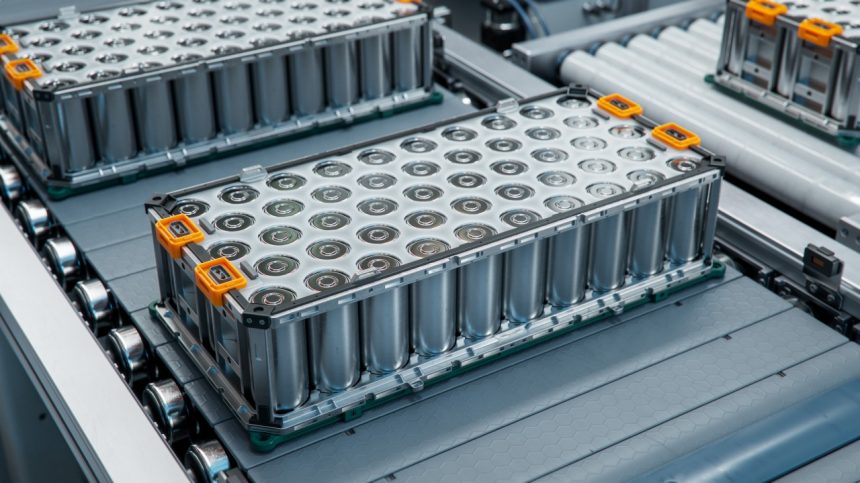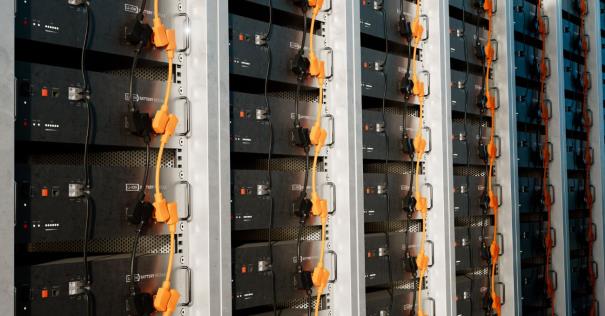What to Do If Your Li-ion Battery Won't Charge
Li-ion batteries are the powerhouse behind our portable devices, from smartphones to laptops. They're renowned for their efficiency and durability, but sometimes they encounter issues, like failing to charge. Addressing these problems promptly is crucial to keep your devices running smoothly.
Common Reasons for Li-ion Battery Not Charging
Physical Damage:
l Dropping your device or exposing it to moisture can lead to physical damage to the battery.
l Signs of physical damage include dents, cracks, or bulges in the battery casing.
l Damage to the battery cells can disrupt the charging process and may require professional repair or replacement.
Overheating:
l Excessive heat can accelerate the degradation of Li-ion batteries, leading to decreased performance and charging issues.
l Overheating can occur due to prolonged exposure to high temperatures, such as leaving devices in direct sunlight or using them while charging.
l Thermal management systems within devices may become overwhelmed, causing the battery to stop charging to prevent further damage.
Software Issues:
l Glitches or bugs in the device's operating system or charging management software can interfere with the charging process.
l Software updates may inadvertently introduce charging-related issues, which can usually be resolved with subsequent updates or patches.
l In some cases, corrupted system files or settings may disrupt the charging function, requiring troubleshooting steps such as restarting the device or resetting software settings.
Charging Equipment Problems:
l Faulty charging cables, adapters, or power sources can prevent the Li-ion battery from charging properly.
l Worn or damaged charging cables may have exposed wires or broken connectors, leading to intermittent or no charging.
l Incompatible or low-quality chargers and adapters may not provide the necessary voltage or current to charge the battery effectively.
l Power surges or fluctuations from unstable power sources can damage charging equipment and affect the charging process.
Addressing these common reasons for Li-ion battery not charging requires careful inspection, troubleshooting, and in some cases, professional assistance to diagnose and resolve the underlying issues. By identifying the root cause of the problem, users can take appropriate steps to restore the functionality of their devices' batteries and prevent future charging issues.

Troubleshooting Steps
Check for Physical Damage:
l Inspect the battery and its surrounding components for visible signs of physical damage, such as cracks, dents, or bulges in the battery casing.
l Look for any indications of liquid or moisture damage, which can corrode battery contacts and disrupt the charging process.
l If physical damage is detected, consult with a professional technician or authorized service center for repair or replacement options.
Verify Charging Equipment:
l Test different charging cables, adapters, and power sources to determine if the issue lies with the charging equipment.
l Try using a known working charger and cable combination to rule out any potential faults with the original charging accessories.
l Check the charging port on the device for debris or damage that may obstruct the connection with the charging cable.
Restart Your Device:
l Perform a soft reset or restart of the device to refresh its software and resolve any temporary glitches that may be affecting the charging process.
l For smartphones, tablets, or laptops, this can usually be done by holding down the power button until the device powers off, then turning it back on after a few seconds.
l Ensure that the device is not in a low-power or battery-saving mode that may limit charging functionality.
Update Software:
l Check for and install any available software updates for your device's operating system and charging management software.
l Software updates often include bug fixes and improvements that can address charging-related issues and enhance overall device performance.
l Follow the manufacturer's instructions for updating the software to ensure compatibility and proper installation.
Reset Settings:
l If software-related issues persist, consider resetting the device's settings related to battery and power management.
l This can often be done through the device's settings menu, under options such as "Battery," "Power," or "Reset."
l Be aware that resetting settings may revert custom configurations and preferences, so backup important data before proceeding.
l As a last resort, performing a factory reset will restore the device to its original factory settings, potentially resolving more stubborn software issues affecting charging functionality.
By systematically troubleshooting and addressing potential causes of Li-ion battery not charging, users can identify and resolve the underlying issues, restoring the functionality of their devices and ensuring reliable charging performance in the future. If troubleshooting steps do not resolve the problem, seeking assistance from authorized service centers or professional technicians may be necessary to diagnose and repair more complex issues.
Additional Tips for Maintaining Li-ion Battery Health
Avoid Extreme Temperatures:
l Li-ion batteries are sensitive to temperature extremes, so avoid exposing your devices to prolonged periods of extreme heat or cold.
l High temperatures can accelerate battery degradation, while low temperatures can temporarily reduce battery performance.
l Store devices in a cool, dry place away from direct sunlight and sources of heat, such as radiators or car dashboards.
Optimize Charging Habits:
l Avoid overcharging your devices by unplugging them once they reach full charge. Continuous charging beyond 100% can degrade battery health over time.
l Use manufacturer-approved chargers and cables to ensure compatibility and safety. Generic or counterfeit charging accessories may not deliver the proper voltage or current, leading to inefficient charging or potential damage to the battery.
l Consider using smart charging features available on some devices, which automatically adjust charging rates to optimize battery health and longevity.
l If you need to store a device for an extended period, partially charge the battery to around 50% before turning it off. This helps prevent deep discharge, which can damage the battery.
Monitor Battery Usage:
l Use battery management tools provided by your device's operating system or third-party apps to monitor battery usage and identify any apps or processes consuming excessive power.
l Minimize background activities, such as automatic updates or syncing, when not needed to conserve battery life.
l Keep your device's software up to date to ensure optimal performance and compatibility with battery-saving features and optimizations.
Consider Battery Replacement:
l If your Li-ion battery is significantly degraded and no longer holds a charge effectively, consider replacing it.
l Many smartphones and laptops have user-replaceable batteries, while others may require professional servicing.
l Consult authorized service centers or reputable technicians for battery replacement options and ensure that replacement batteries meet the manufacturer's specifications and safety standards.
By following these additional tips for maintaining Li-ion battery health, you can prolong the lifespan of your devices' batteries and ensure reliable performance over time. Taking proactive measures to optimize charging habits, monitor battery usage, and address potential issues promptly can help maximize battery longevity and minimize the need for battery replacement.

Conclusion
In conclusion, encountering charging issues with your Li-ion battery can be frustrating, but with the right troubleshooting steps and maintenance habits, you can often resolve the problem and keep your devices running smoothly. Remember to address issues promptly and follow best practices for battery health to maximize the lifespan of your Li-ion battery.


